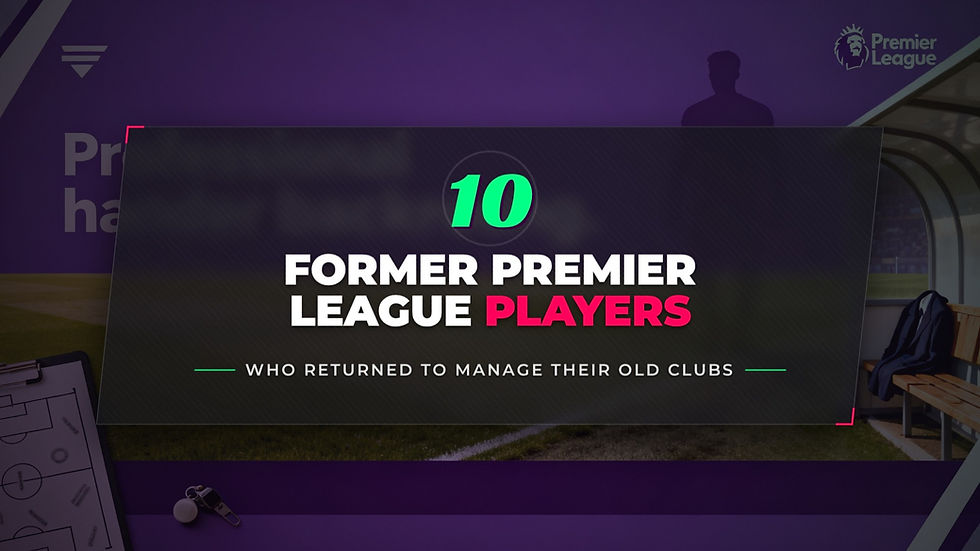Tottenham Hotspur Ownership Explained
- Think Football Ideas

- Sep 12
- 3 min read

Tottenham Hotspur has always had a distinctive place in English football history, even when silverware proved elusive. When tracing back from their North London roots to their growth into a global brand, the club’s identity has evolved dramatically.
Yet few know the intricacies of who truly controls Spurs, despite the headlines often being dominated by managers, players, and results. Behind the scenes lies a complex ownership story that has shaped the direction of the club, influencing decisions on finances, leadership, and the long-term vision for success.
The ENIC Era: Majority Stake in Spurs
The majority of Tottenham Hotspur sits under the umbrella of ENIC International Ltd., an investment group that holds 86.58% of the club’s shares. ENIC, established as a vehicle for global sports and leisure investments, became a decisive force in Tottenham’s modern development.
Its stake has provided the financial backing for projects like the state-of-the-art Tottenham Hotspur Stadium and a strategy focused on long-term commercial growth. While ENIC itself operates as a broad investor, Spurs remain its flagship sporting asset, and their trajectory has mirrored ENIC’s influence.
Daniel Levy’s Stake and Step Back
For nearly a quarter of a century, Daniel Levy has been synonymous with Tottenham’s leadership. As chairman, he presided over stadium redevelopment, managerial appointments, and transfer dealings.
His influence, however, came not only from his executive role but also from his 29.88% personal stake in ENIC. Recently, Levy chose to step down from the chairman position, closing one of the most significant eras in Premier League boardroom leadership.
Despite his exit from daily operations, his shareholding ensures he remains a figure tied to Tottenham’s direction, though no longer steering policy directly.
From Joe Lewis to the Lewis Family Trust
Tottenham’s ownership journey cannot be explained without Joe Lewis, the billionaire businessman who controlled ENIC through the Tavistock Group.
His tenure represented stability, but in 2022, he transferred his interest to the Lewis Family Trust, distancing himself formally from the club’s affairs.
This shift brought Vivienne and Charlie Lewis, his children, into greater prominence as decision-makers. Their stewardship marks a generational change, with the family’s younger members shaping the club’s governance.
Tottenham now operates with their guidance, signalling continuity within change as Spurs adapt to evolving leadership at the top.
Boardroom Changes and New Leadership
Leadership within the club itself has undergone a transformation. Vinai Venkatesham, long known for his administrative experience in football, was appointed chief executive earlier in 2025, taking over daily operational control.
Alongside him, Peter Charrington stepped into the newly created role of non-executive chairman, succeeding Levy in the governance structure. These appointments represent a rebalancing of authority, designed to bring expertise in both management and oversight.
The shift has been presented as an evolution rather than an upheaval, aligning Tottenham with governance models that prioritise professionalism, accountability, and a broader distribution of responsibility.
What It Means for Spurs’ Future
For supporters, the key question is what this ownership model means in practice. The continued dominance of ENIC provides stability, ensuring no radical changes in financial policy.
The stadium project has secured revenue streams, yet investment in the playing squad remains a point of contention. With stronger leadership structures in place and the Lewis family continuing their involvement, Spurs appear committed to steady, sustainable growth.
The challenge will be balancing commercial ambitions with footballing success, ensuring that the club’s resources translate into trophies while maintaining its position as one of Europe’s most progressive institutions.







Comments